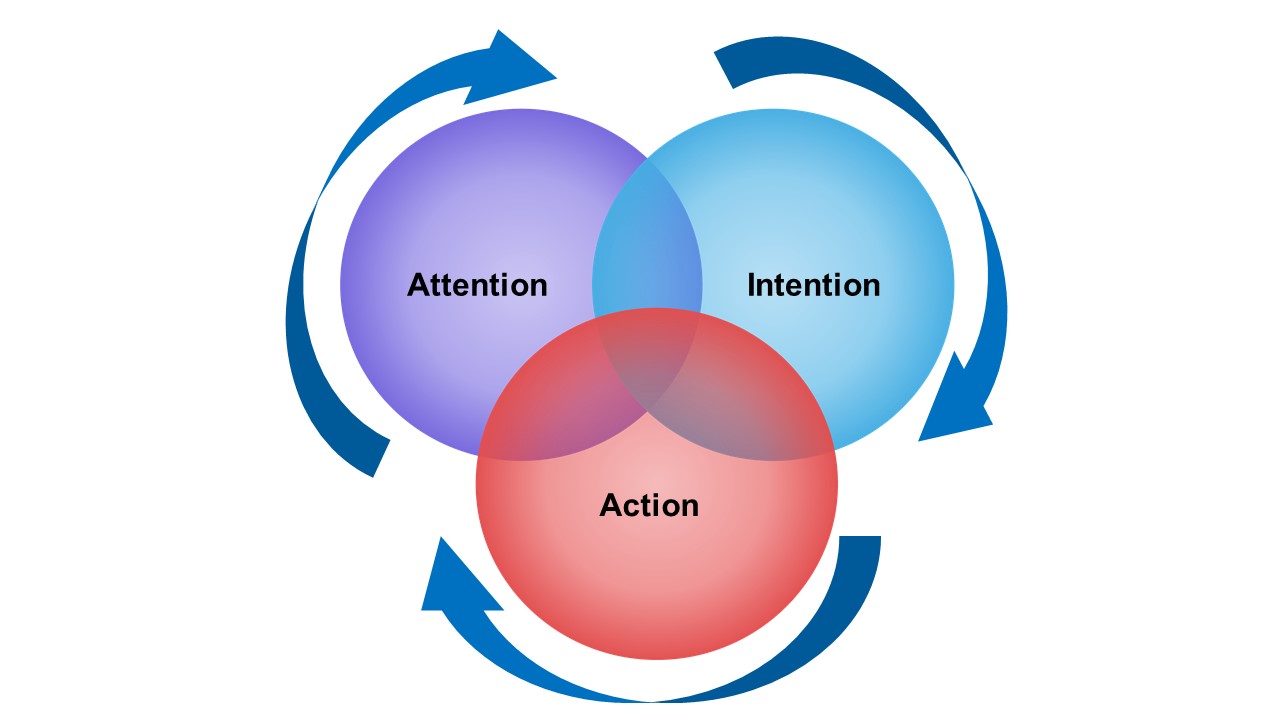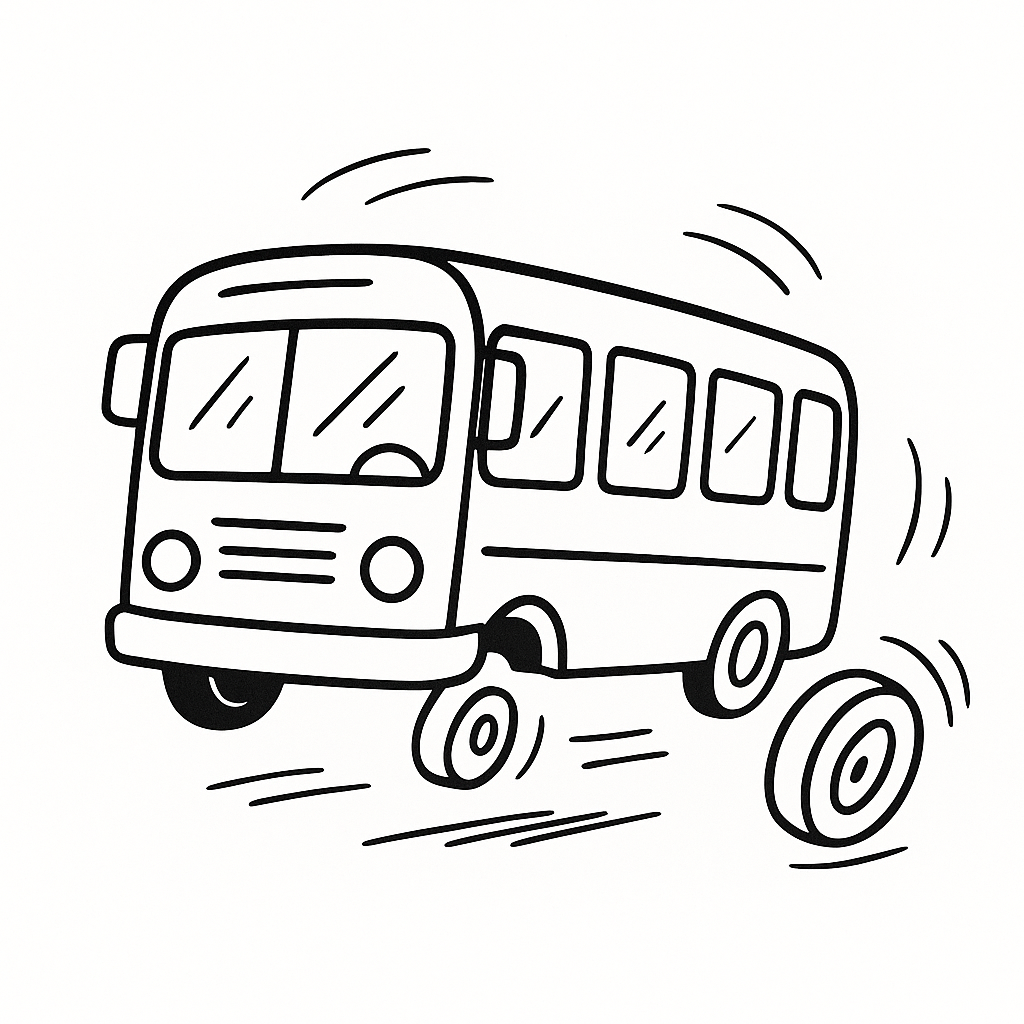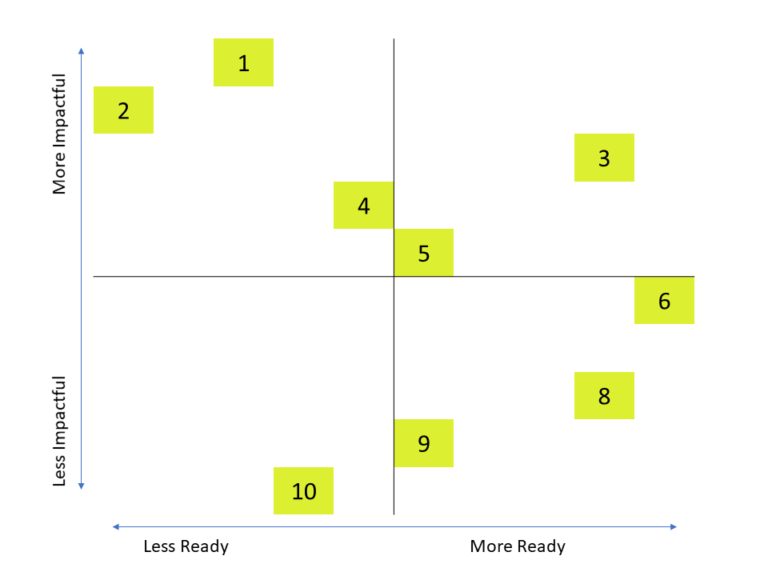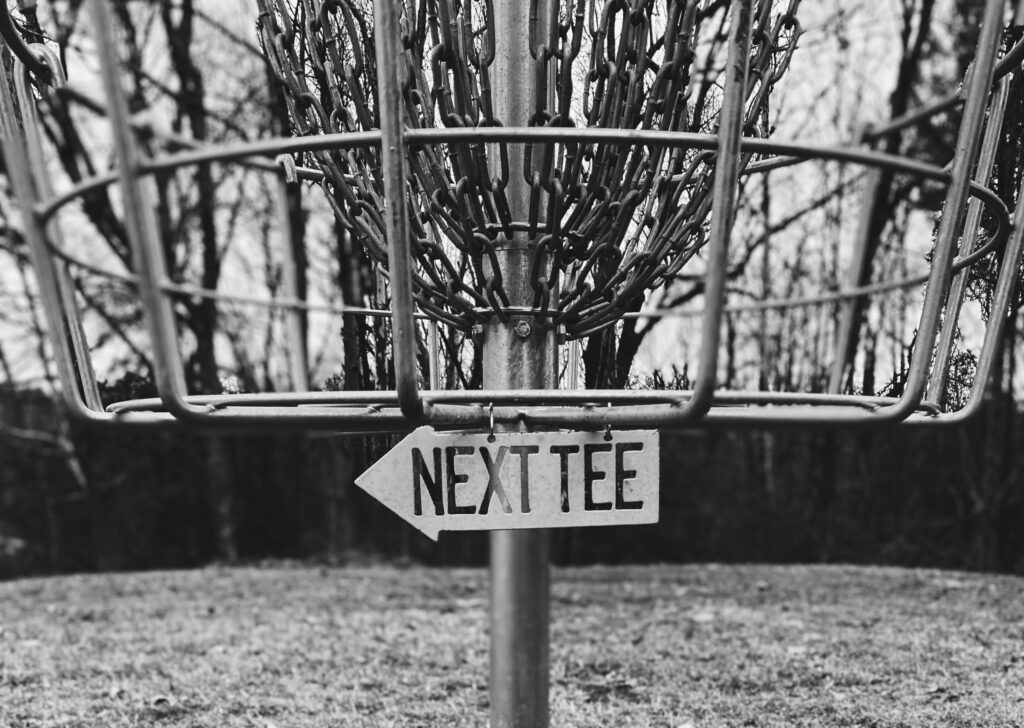“I’m definitely more aware each day, and I see all the little opportunities to do better. But it’s like there’s someone on my shoulder just watching me make poor choices and not act. The awareness isn’t helping as much as I thought it would.”
I think many (if not all) of us can relate to this. We may be more keenly aware of our choices, yet somehow unable to translate that awareness into different behavior. It can feel like being both the driver and the passenger in your own life. You know what’s happening, you just can’t seem to steer differently.
Maya Angelou said that when you know better, you can do better. But there’s often a gap between “knowing” and “doing.” At first, we may need to practice simply noticing without the harsh negative judgment we’re so used.
Awareness is progress. But it’s not the finish line. Eventually, awareness needs to be converted into specific intentions. And those intentions, in turn, need to be converted into consistent action.

So, my advice for this member (and for you) is two-fold.
- Try to be patient with the process. Inner work takes time; trust that something is unfolding even if you don’t yet see the changes happening.
-
Keep trying to connect the dots between paying attention, setting intentions, and taking action.
If you feel frozen in awareness (attention), gently challenge yourself (intention) to take one small step forward (action).
Right now, paying attention may feel just like shining a spotlight on your whiffs, but in time (and with persistence), it can become the light that guides your way forward.




